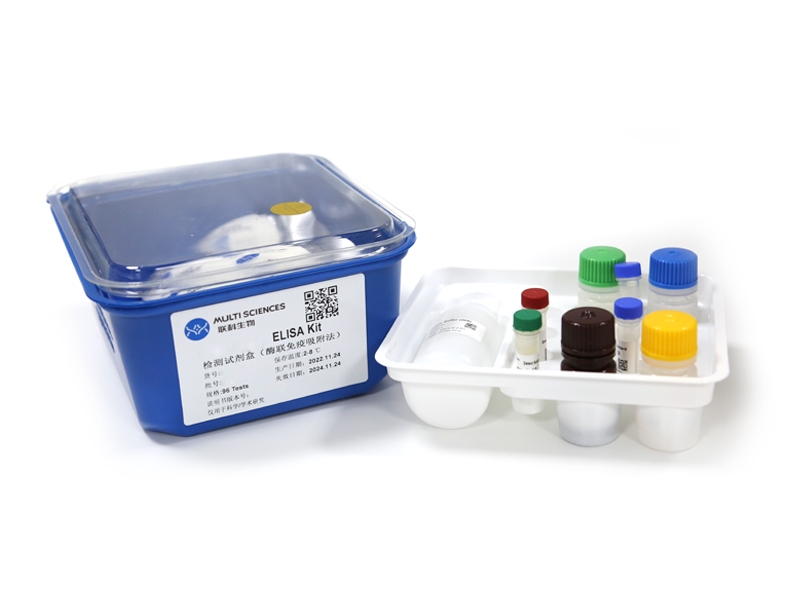ETHNOPHARMACOLOGICAL RELEVANCE: Dioscorea nipponica Makino have been extensively used in traditional medicine for the treatment of arthritic diseases, particularly gouty arthritis (GA). MATERIALS AND METHODS: Sixty male Wistar rats were divided into six groups: the normal group, model group, colchicine group (COL) and three total saponin groups (RDN) (high dose [160mg/kg], middle dose [80mg/kg] and low dose [40mg/kg]). The mRNA and protein expression levels of TLR2, TLR4, IRAK1, TRAF6, TAK1, IKKα, IκBα and NF-κB in the synovial tissue of joint were detected by realtime PCR and WB methods respectively. The contents of IL-1β, IL-6 and TNF-α in the blood serum were measured by Elisa method. The activation of NF-κB was measured by EMSA method. RESULTS: Our study showed that RDN decreased both the mRNA and protein expressions of TLR2, TLR4, IRAK1, TRAF6, TAK1, IKKα, IκBα and NF-κB of the synovial tissue of joint of rats induced with monosodium urate crystal (MSU). They could also reduce the levels of IL-1β, IL-6 and TNF-α in the blood serum. Further, EMSA results showed that RDN reduced the DNA binding ability of NF-κB p65 of model group. CONCLUSION: RDN has the effect of anti-inflammation in MSU-induced GA model. This is realised by influencing an important inflammatory signal pathway which is called TLR2/4-IL1R receptor signal pathway. It highlights the potential utility of RDN for the management of GA.
文章引用产品
-
-
- EK382
- ELISA试剂盒
Rat TNF-a ELISA Kit检测试剂盒(酶联免疫吸附法)
-
¥1,600.00 – ¥10,800.00
-
- EK382
- ELISA试剂盒
Rat TNF-a ELISA Kit检测试剂盒(酶联免疫吸附法)
- ¥1,600.00 – ¥10,800.00



